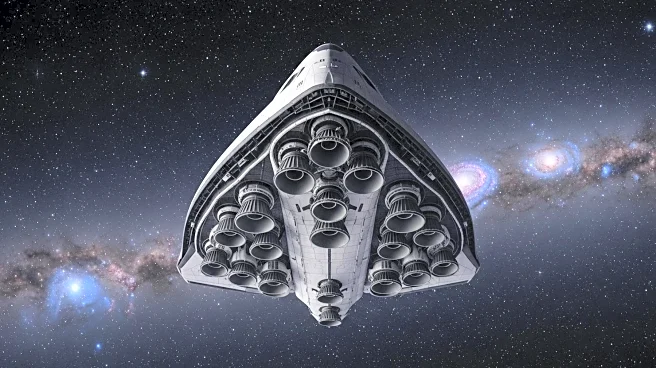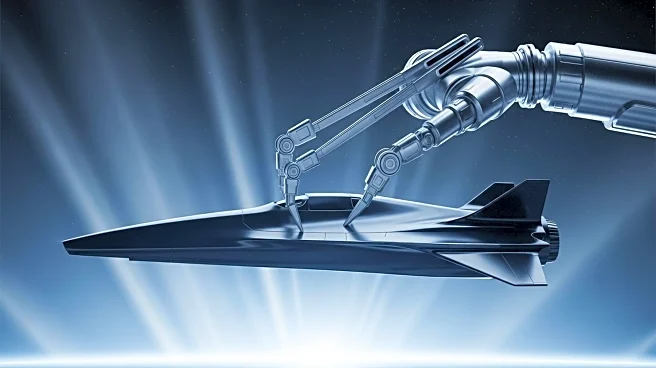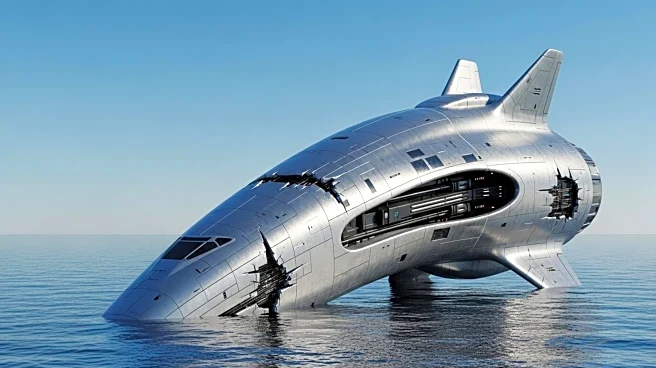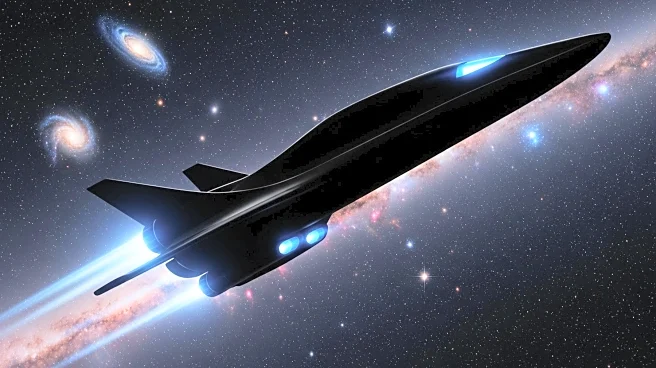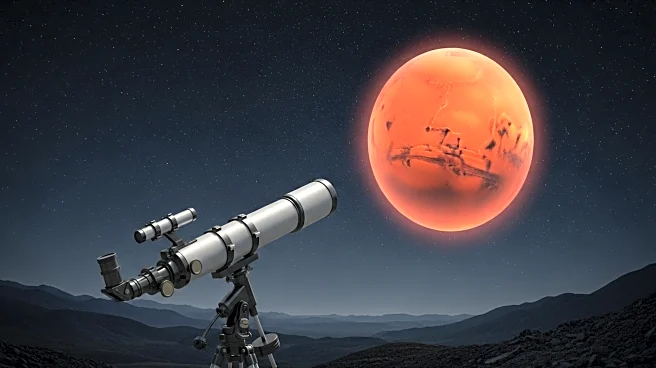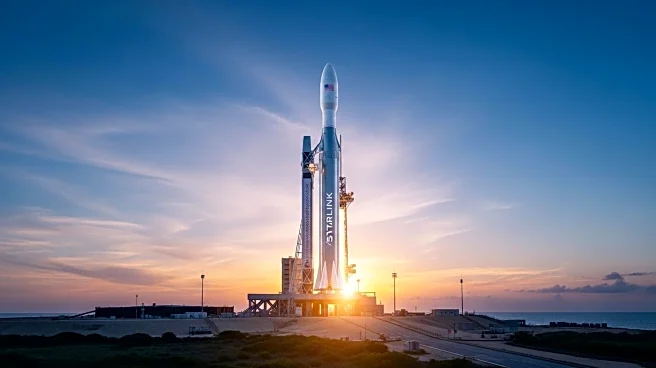What's Happening?
SpaceX, the private aerospace manufacturer founded by Elon Musk, has unveiled a striking image of its Starship megarocket's 33 Raptor engines. The photograph, shared by Musk on the social media platform X, was taken from beneath the Starship spacecraft at SpaceX's Starbase site in South Texas. This image highlights the dense circular arrangement of the engines on the Super Heavy, the first stage of the Starship. The Starship is designed for deep-space missions, capable of carrying large payloads and crews to destinations such as the moon and Mars. The recent test flight of the Starship, which took place on August 26, was successful, marking the vehicle's 10th test flight.
Why It's Important?
The development of the Starship megarocket is a significant milestone in the spaceflight industry, as it aims to revolutionize space travel with its reusable rocket technology. The successful integration and operation of 33 Raptor engines in a single stage present a formidable engineering challenge, requiring precise synchronization and stability during launch. This advancement not only enhances SpaceX's capabilities in launching heavier payloads but also brings the vision of deep-space exploration closer to reality. The potential for increased payload capacity could benefit various sectors, including scientific research, commercial space ventures, and international space collaborations.
What's Next?
SpaceX plans to further enhance the Starship's capabilities by adding more engines. According to Musk, the future version of the Starship, referred to as Starship V4, will feature 42 engines, providing even greater thrust and payload capacity. This version is expected to fly in 2027. As SpaceX continues to test and refine its technology, the company is likely to face both technical and regulatory challenges. The success of these developments could influence the competitive landscape of the aerospace industry, prompting other companies to innovate and expand their own space exploration efforts.
